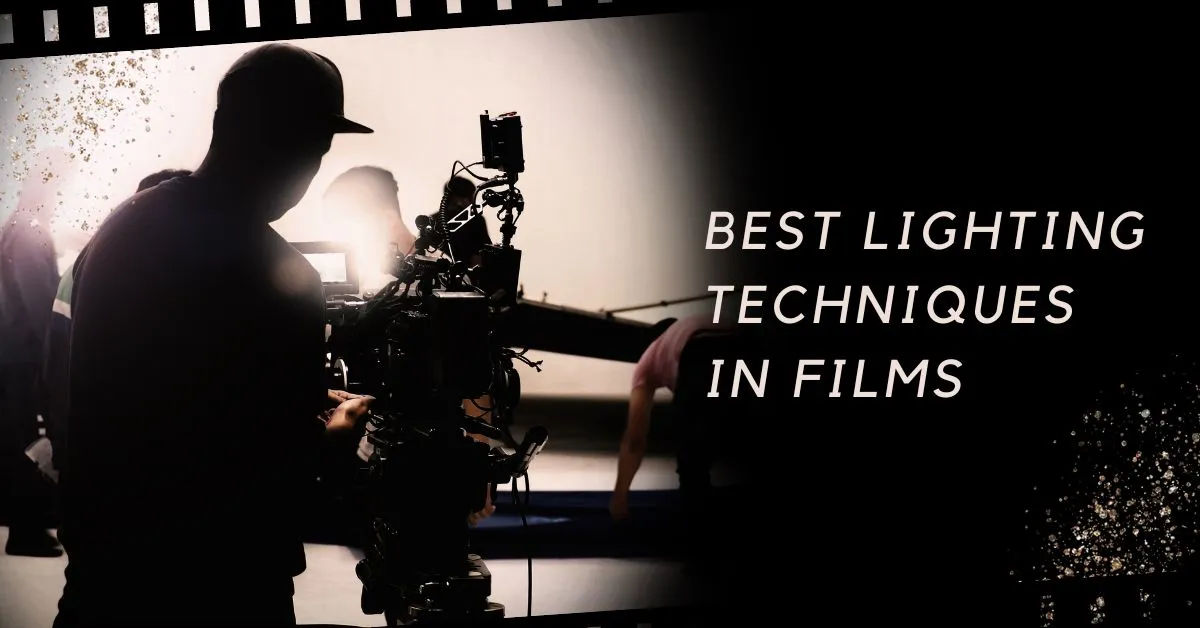


14, June 2023
Lighting is an essential element in filmmaking, playing a crucial role in storytelling, setting the mood, and enhancing the visual appeal of a film. The skilled use of lighting techniques can elevate a film from ordinary to extraordinary, immersing the audience in the story and evoking powerful emotions. In this comprehensive guide, we will delve into the best lighting techniques used in films, exploring how they contribute to the cinematic experience.
Natural lighting is often used to create an authentic and realistic look in films. Filmmakers harness the beauty of natural light, shooting during the golden hour (the period shortly after sunrise or before sunset) to capture warm, soft, and cinematic visuals. Natural lighting can add a sense of naturalism and intimacy to scenes, making them feel genuine and relatable. Explore more about the Natural Lighting in Film and learn how to utilize golden hour etc.
Three-point lighting, consisting of a key light, fill light, and backlight, is a staple technique in film lighting. The key light serves as the primary source, providing illumination and shaping the subject's features. The fill light softens shadows created by the key light, while the backlight separates the subject from the background, adding depth and dimension. This technique is versatile and widely used across various film genres. Discover the art and importance of three-point lighting in films
High-key lighting creates a bright and evenly lit scene, with minimal shadows. It is often employed in comedies, musicals, or light-hearted films, as it conveys a cheerful and upbeat atmosphere. The absence of shadows contributes to a sense of joy and positivity, emphasizing the overall lightheartedness of the story. Explore the benefits, characteristics, and applications of high key lighting in Films
Low-key lighting involves using a predominantly dark and contrasted lighting setup, creating deep shadows and limited illumination. This technique is commonly employed in film noir, thrillers, and suspenseful movies, as it intensifies the mood and adds an element of mystery and tension. Low-key lighting can accentuate emotions, create dramatic compositions, and contribute to a visually striking cinematic experience.
Derived from the Italian term for "light-dark," chiaroscuro lighting creates a stark contrast between light and shadow. This technique, often associated with classic films and art, accentuates the shapes and contours of subjects, emphasizing their depth and volume. Chiaroscuro lighting creates a visually captivating and dramatic effect, adding layers of meaning to the storytelling.
Practical lighting involves using practical light sources within the scene itself, such as lamps, candles, or practical fixtures. By incorporating these light sources into the narrative, filmmakers create a sense of realism and authenticity. Practical lighting can set the mood, provide motivation for characters' movements, and add a touch of believability to the film's world.
Color grading plays a significant role in establishing the overall visual tone of a film. By manipulating color in post-production, filmmakers can enhance the atmosphere and evoke specific emotions. Warm color palettes can create a cozy and nostalgic feel, while cool tones can evoke tension or a sense of detachment. Cinematic color grading, when combined with careful lighting techniques, brings depth and richness to the visual storytelling.
Mastering lighting techniques in filmmaking is an art that requires creativity, technical knowledge, and a deep understanding of storytelling. Each lighting technique serves a purpose, allowing filmmakers to shape the mood, atmosphere, and visual aesthetics of their films. By exploring the best lighting techniques, from natural lighting to chiaroscuro and beyond, filmmakers can create compelling and immersive cinematic experiences that captivate and resonate with audiences. So, embrace the power of light and embark on your journey to illuminate the silver screen with awe-inspiring visuals.